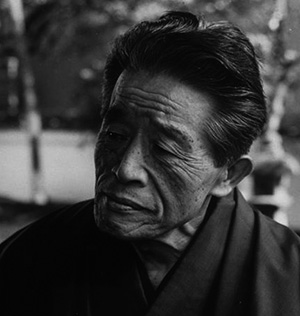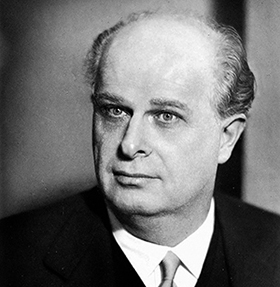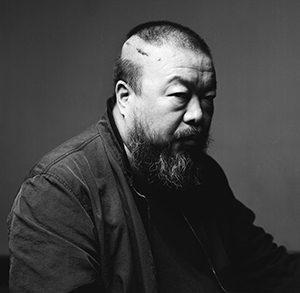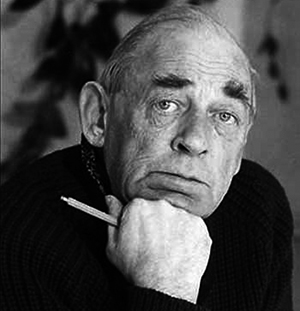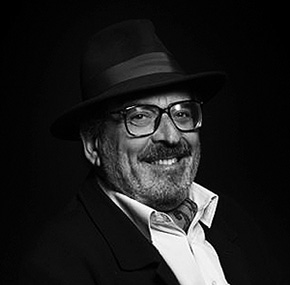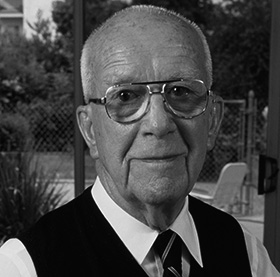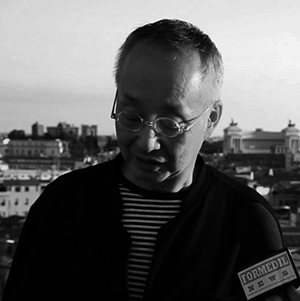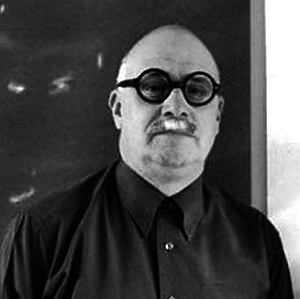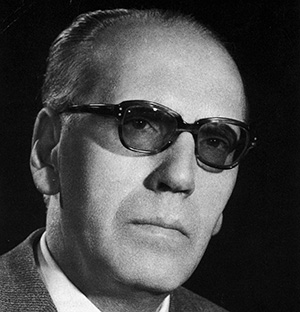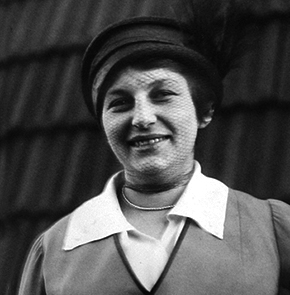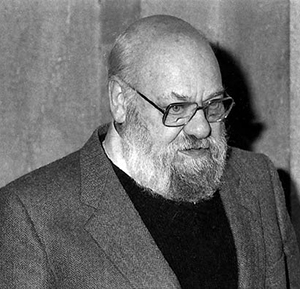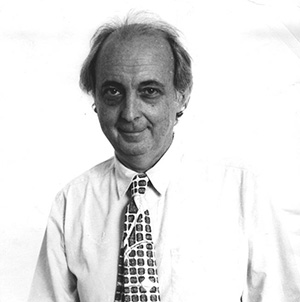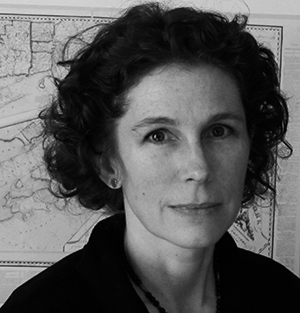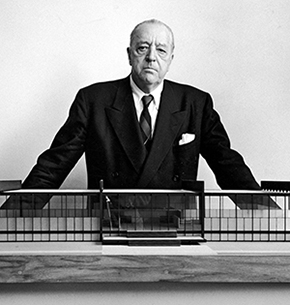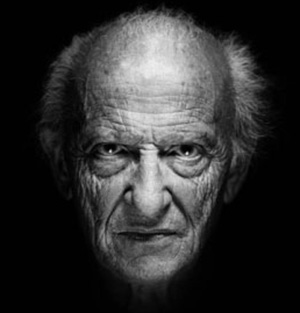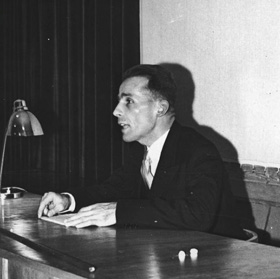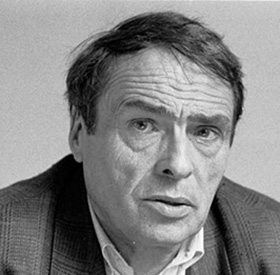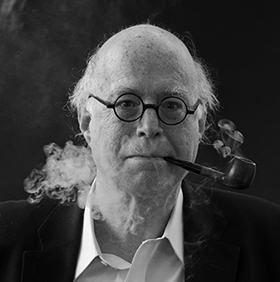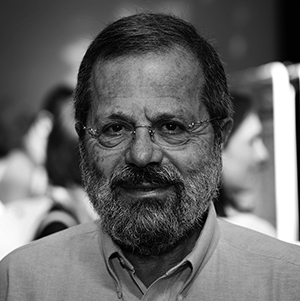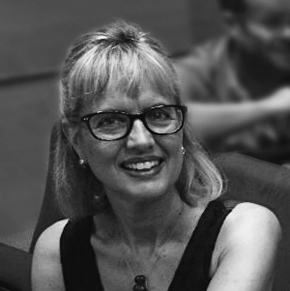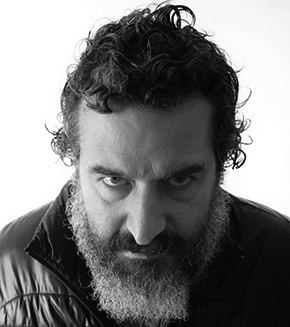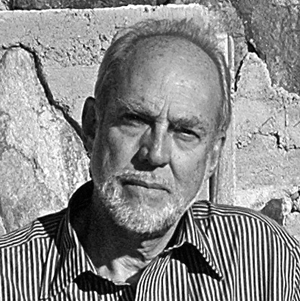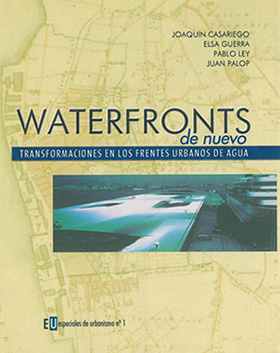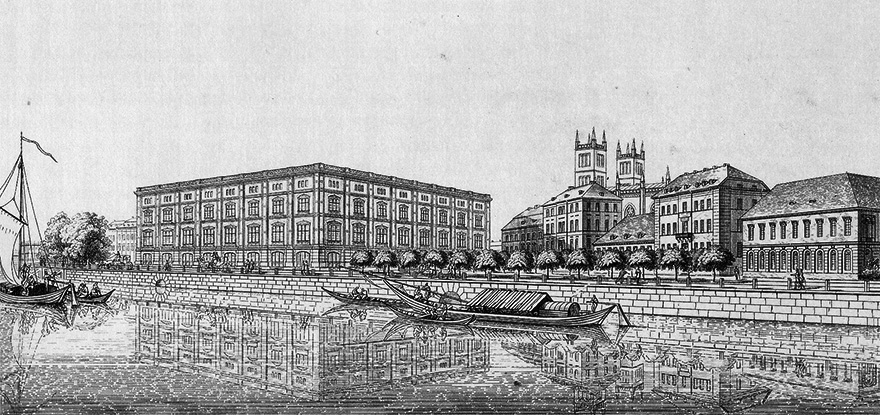 Engraving Friedrich Schinkel for his project for Berlin Bauakademie 1836
Engraving Friedrich Schinkel for his project for Berlin Bauakademie 1836
Here today share an interesting reflection of our Venezuelan counterpart Oscar Tenreiro about the meaning of the teaching of architecture.
In presenting the same stuff in your own personal blog, Between right and true, indicates that the formation of an architect depends more on its own experience that what does assimilate during their years of education.
As he says there: One becomes progressively architect. One idea that we share and that also confirms Louis Kahn when he points out that the office of architects is a skill of veterans. And, the times, the necessary expertise has not even acquired as a result of obtaining a college degree. Just remember that such prominent figures as Frank Lloyd Wright and Le Corbusier ever trod a university in his youth and was thus practically self-taught. The first acquire the office after visiting the Paris studio of Auguste Perret while the second also acopiaría knowledge on the subject at the office of another major architect of Chicago, Louis Sullivan.
Perhaps learning the essence of architecture has to do more with a traditional experience where polishing will gradually form and mold the thought run through a space foreshadowing drawn. The master and can only emerge with the accumulation of years after the drawing board or (forgiveness) at the computer screen.
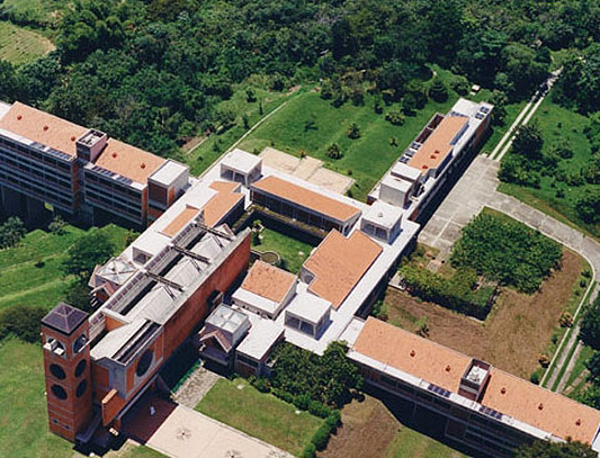 Benedictine Abbey of San Jose. Jesus Tenreiro Degwitz. Güigüe, 1989. Photos: Orlando Martinez
Benedictine Abbey of San Jose. Jesus Tenreiro Degwitz. Güigüe, 1989. Photos: Orlando Martinez
Teaching Again
By Oscar Tenreiro
Article published in the Caracas daily Tal Cual 19/01/2013
Jesus Tenreiro (1936-2007), once said in my presence (and if I remember the professor Americo Faillace colleague) that one of the things that mattered in the teaching of our discipline was to create an environment where attention to craftsmanship, its presence in concrete examples, the debate about her and many other aspects of culture to create an environment full of references capable of firing in the student associations, was the condition for the exercise of trial and error typical of the Workshop (which as I said last week is the hub of education in all schools in the world) were informed, nourished, with messages from the experiences (in conversations, discussions, exhibitions, oppositions) that characterize this environment. Exercises help stop being blind darts thrown, to approach a personal goal, albeit a blurred image born of individual ability to assimilate the lived. Jesus used this time the word "soup". In this "broth" dynamic and rich in stimuli, elapse student life, that would be the scenario of their formation.
The idea that the student move in an environment that architecture is always the theme, I think fundamental issue in our schools is given only partially, in the hold for all.
And the reasons are multiple, almost all associated with the identity crisis and the general deterioration of our educational institutions. Crisis exacerbated in recent years by a kind of assault by means of pressure and almost extortion, Part of the Regime, that denies everything more established institutions while doing very poorly targeted pathetic efforts, create new politically controlled universities.
Not far from the time when this suicidal with higher level education, should be addressed and corrected, but for now it is worth deal of what should be, of what we might expect from our schools of architecture in most traditional.
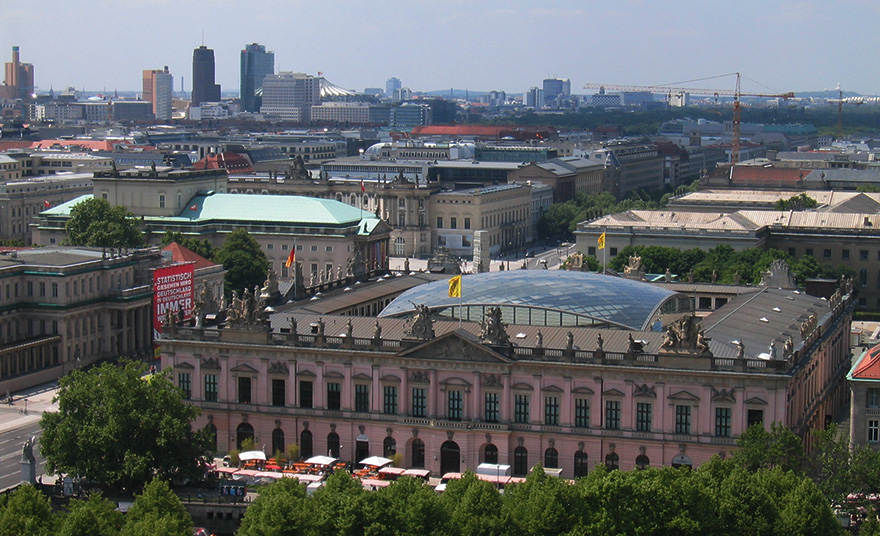 Vista del aérea German Historical Museum en Berlín, obra del Arquitecto chino American I.M. Pei. Photos: Ryan Hadley, Flickr
Vista del aérea German Historical Museum en Berlín, obra del Arquitecto chino American I.M. Pei. Photos: Ryan Hadley, Flickr
I am reminded of the idea that had Mariano Picon Salas as the first Director of INCIBA (Institute of Culture and Fine Arts) to create a Museum of Education that defined as a place where despite not having original works, who could visit him access comprehensive information by views, recordings, artwork in general and any other technical resource for those years (Picon Salas died 1965) regarding universal Art and Culture. It was an idea that today is revealed as much more attractive if we think about the development of audiovisual and computer. Similar to that a few years later when President Caldera had thought of creating the National Museum of History, basically also supported by technological resources, the German model (Museum of German History) of GDR times, which continued to function after the fall of the Wall at its headquarters in Berlin-Unter den Linden, revamped and extended as i.m. project. Pei. A continuity (now called Deutsches Historisches Museum) speaks in favor of institutional stability versus the political.
In summary, School of Architecture conceive this ideal as a place analogous to that proposed by Picon-Salas, a site in which the student is the subject of several stimuli to drive it to know the universal architecture, the present and past, including constant references to art in general, systematically while it is confronted with various events in which the main theme is the city and its architecture. The difference with a museum would especially faculty tutelary presence, made if possible by persons able to give form and content to that space of confrontation and information (broth), fulfilling the role of promoters and passionate animators discipline, because, precisely, passion for architecture was a requirement that Jesus Tenreiro required in teachers and students. It would thus also an important qualitative difference because finding student information would not be governed by impulses or occasional preferences as those that occur in a typical individual navigation, but would be part of an educational program linked to the trial and error exercises Workshop.
If in general is difficult to approach this model, School of Architecture of the developed world have the advantage of being beneficiaries of the high level of development of the universities that house them and especially their libraries, Information Centers real. The Columbia University in New York, for example, is the largest in the world in Architecture, with which the student is in next door the deepest resources, Faculty besides that usual program so very high-level events which printed very close dynamism that could be aspirated ideally.
But with us the situation is grim. The crisis of economic siege imposed by the regime has fallen dramatically educational resources derived from information technology, including traditional (books, journals). While, professorial population has been declining. And the overall consequences of the impulses seem to have been delayed update or minimized, giving the impression that it survives.
And no wonder because in many ways that is what is happening in the world Venezuelan institutional: it survives. Plain and simple.
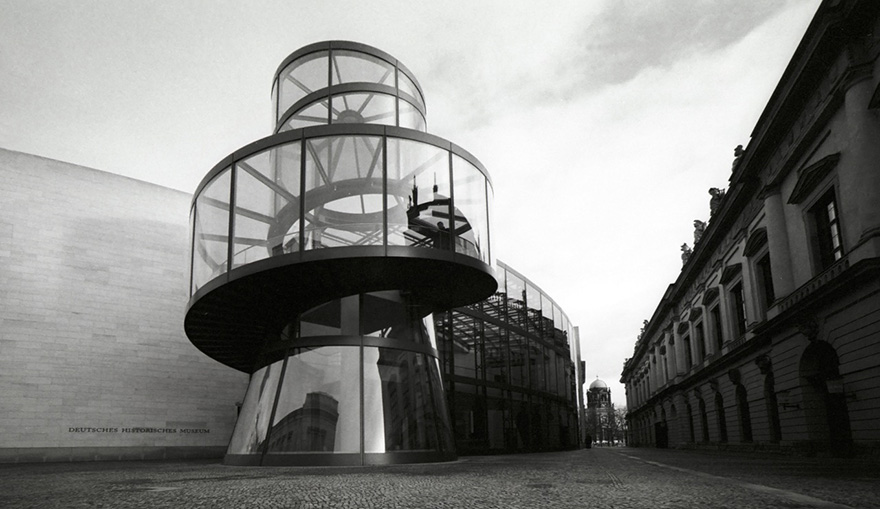 Exterior del German Historical Museum . Photos: Manuela martin, Flickr
Exterior del German Historical Museum . Photos: Manuela martin, Flickr
